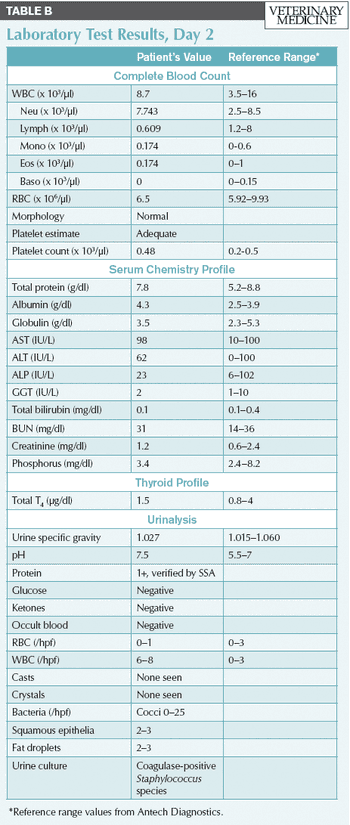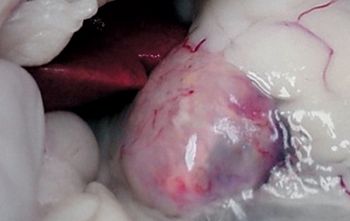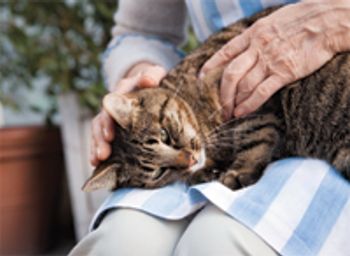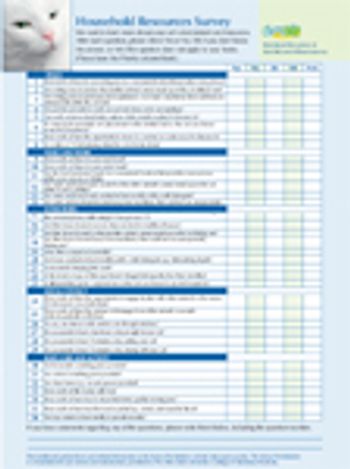
Readers react to a suggestion to let cats with extreme behavior problems become outdoor cats.

Readers react to a suggestion to let cats with extreme behavior problems become outdoor cats.

A recent study evaluated naturally occurring feline eosinophilic plaques and lip ulcers for secondary infections and to determine the response to antibiotic therapy.

A 13-year-old 10.3-lb spayed female domestic shorthaired cat was presented to VCA West Los Angeles Animal Hospital for progressive and unresolving lethargy over the course of two to three days and one episode of vomiting.

Dr. Joseph Bisignano explains when you should add this disorder to your differential diagnosis list.

Now that you've diagnosed this disorder, it's time to decide whether to treat it medically or surgically.

Help uncover the cause of Max's lethargy, weight loss, and rapid breathing.

National Report -The CATalyst Council plan to expand it Cat Friendly Practice Makeover in 2012.

While the number of cats being kept as companions in North American homes is increasing, the number of feline visits to clinics has been declining since 2001.

Obesity is a growing problem in cats worldwide, but, in Western societies, the incidence of excess weight and obesity in cats is reaching truly worrisome numbers.

Predation, play, and perches are key to helping cats expend more energy, says Dr. Jacqueline Neilson.

Proper handling of feline patients makes the clinic a better place.

A reader questions the advice of making cats outdoor pets to solve elimination problems.

The role of this hormone in diagnosing hyperthyroidism is an area of active research in veterinary medicine.

Evaluation and treatment of these all-too-common oral defects.

When a cat experiences seizures that do not impact the entire body, this may indicate changes in the hippocampus of the cat's brain.
![Tanya-Vennell-[48930200]-748335-1384172134371.jpg](https://cdn.sanity.io/images/0vv8moc6/dvm360/f8a3654e0957442f4e4f2c53b5d0c5d0ca627b80-165x150.jpg?w=350&fit=crop&auto=format)
Try this reader tip that involves offering clients a sample food pack for feline diets.

Owners think the disease has a greater negative impact on their own lives than on those of their cats.

A grab-bag of interesting skin diseases in cats from the CVC.

Look outside the urinary tract-as well as in the cat's environment-for diagnostic and therapeutic answers.

Pointers for cat owners permeate this handy resource and help ensure that all your feline patients are receiving the best care.

See how one cat diagnosed with this syndrome was successfully treated.

Functions of the liver include carbohydrate, lipid and fat metabolism, detoxification of metabolites, storage of vitamins, trace metals, fat and glycogen, fat digestion and immunoregulation.

Rockville, Md. -- The U.S. Food and Drug Administration (FDA) is warning veterinarians about a possible risk of fractures associated with a device used to deliver the feline leukemia vaccine through the skin of cats.

Timonium, Md. - CATalyst Council says an initiative rolled out in early 2011 is starting to make inroads on reversing the decline in feline visits to veterinarians.

This study examined the effect of an exogenous glycosaminoglycan on cats with this painful urinary condition.